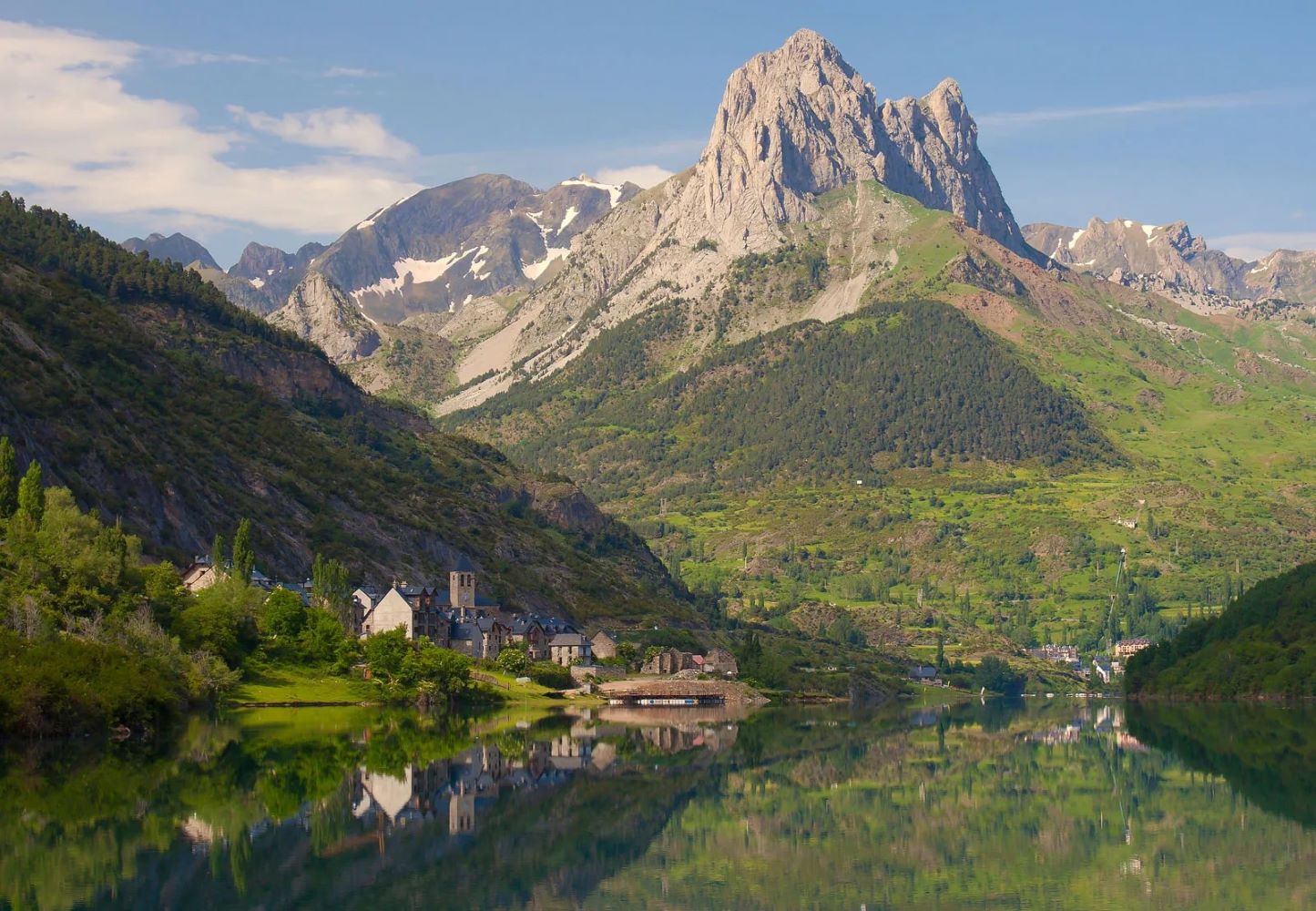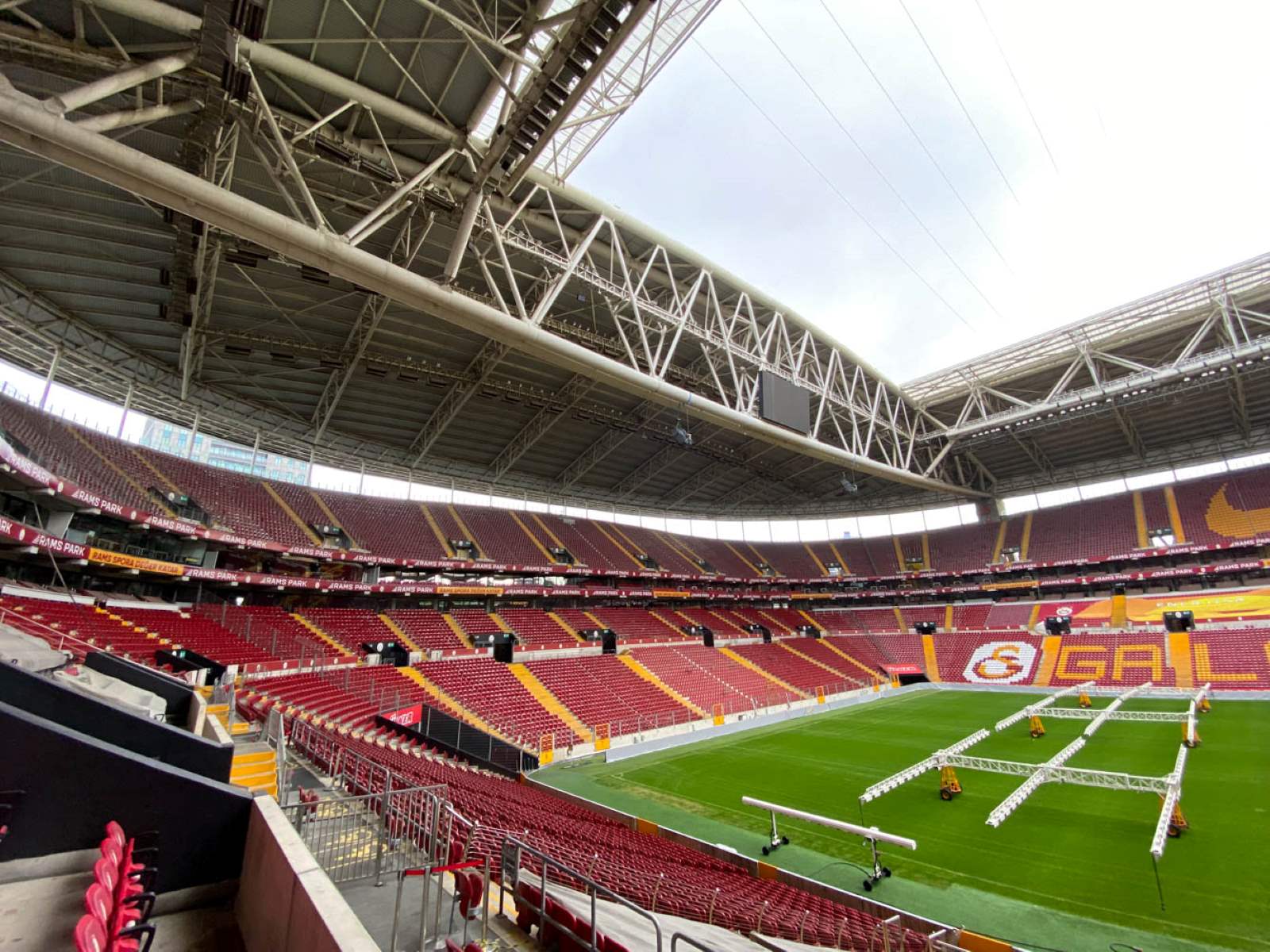
Ever wondered about the hidden gems of northeastern Spain? Aragon, an autonomous community, is a region brimming with history, culture, and natural wonders. Named after the Aragón River, this area boasts a rich medieval past, having once been a powerful kingdom. Today, Aragon is known for its stunning landscapes, from the rugged Pyrenees to the serene Ebro River. The capital, Zaragoza, is a hub of historical landmarks, vibrant festivals, and delicious cuisine. With a diverse economy and a population of around 1.3 million, Aragon offers a unique blend of tradition and modernity. Ready to explore Aragon's secrets? Let's dive in!
Key Takeaways:
- Aragon, a region in Spain, evolved from a small county to a significant kingdom through conquests and unions. Its rich history, diverse economy, and natural beauty make it a unique and important part of Spain's heritage.
- Aragon's cultural heritage, resistance against foreign aggression, and modern governance reflect its resilience and autonomy. From historical figures to vibrant festivals, Aragon's unique characteristics contribute to its rich and storied past.
The Origins and Historical Significance of Aragon
Aragon, a region in northeastern Spain, boasts a rich history that dates back to medieval times. Its journey from a small county to a significant kingdom has shaped its cultural and political landscape.
- Name Origin: Aragon is named after the Aragón River, a tributary of the Ebro River, which flows through the region.
- Autonomous Community: Aragon is one of Spain's 17 autonomous communities, with its capital and largest city being Zaragoza.
- Historical Kingdom: Aragon was originally a medieval kingdom that dates back to 1035 when Sancho III of Navarre left the small Pyrenean county of Aragon to his third son, Ramiro I.
- Expansion: By 1104, Aragon's kings had doubled its size through conquests southward toward the Ebro River. The city of Zaragoza, controlled by the Almoravids, fell to Alfonso I of Aragon in 1118 and became the capital of the kingdom.
- Reconquest: The reconquest of present-day Aragon from the Muslims was completed by the late 12th century. In 1179, Aragon reached an agreement with the neighboring Christian kingdom of Castile to divide the remaining Muslim territories between them.
- Union with Catalonia: In 1137, the ruler of Catalonia, Ramon Berenguer IV, married the heiress of the kingdom of Aragon. This union benefited the Catalans, who dominated the state until 1412 and enabled them to focus on commerce and maritime expansion.
- Expansion into the Mediterranean: Aragon expanded into the Mediterranean area, a move made possible by the sea power of the Catalans. In 1282, Peter III of Aragon was received by the Sicilians as their king, and Sicily was ruled either directly by the kings of Aragon or by their relatives.
- Sardinia and Naples: Sardinia was incorporated into the Aragonese empire in 1320, and in 1442, Alfonso V of Aragon successfully concluded his long struggle to conquer the Kingdom of Naples.
- Union with Castile: In 1479, the kingdoms of Aragon and Castile were united to form the nucleus of modern Spain. The Aragonese lands retained autonomous parliamentary and administrative institutions until the early 18th century.
Economic Development and Modern Aragon
Aragon has seen significant economic growth, particularly in the 19th and 20th centuries. Its diverse economy includes manufacturing, agriculture, and hydroelectric power.
- Economic Development: Aragon experienced significant economic development, particularly in the 19th century with the introduction of sugar beets, which hastened the industrialization of the city. By 1905, seven sugar refineries were established in Zaragoza.
- Manufacturing Sector: Today, Zaragoza's manufacturing sector is heavily concentrated in metalworking, producing electric appliances, machinery, railway equipment, and automobiles. Textiles, footwear, and clothing are also significant industries.
- Hydroelectric Power: Aragon's primary source of energy is hydroelectricity, generated by the damming of the Ebro River and its northern affluents in Huesca.
Natural Beauty and Geography
Aragon's landscapes range from the rugged Pyrenees to the serene Ebro River, offering a variety of natural attractions.
- Natural Beauty: Aragon is enveloped by breathtaking natural beauty, ranging from the rugged landscapes of the Pyrenees to the tranquil waters of the Ebro River. The Ebro River, which runs through the city, is Spain’s longest river, offering scenic walks and recreational activities.
- Provinces: Aragon consists of three provinces: Huesca, Teruel, and Zaragoza. Each province is divided into comarcas (local administrative divisions) and municipalities.
- Population: Aragon has a population of approximately 1.3 million people, with the province of Zaragoza being the most populous, accounting for 72.6% of the region's population.
- Capital City: The capital city of Aragon is Zaragoza, which has a population of over 620,000 people. The other provincial capitals are Huesca and Teruel, with populations of 47,923 and 31,506 respectively.
Cultural Heritage and Traditions
Aragon's rich cultural heritage includes its own language, festivals, and historical landmarks that reflect its storied past.
- Cultural Heritage: Aragon boasts a rich cultural heritage, including its own language, Aragonese, which is spoken by many residents. The region is also home to numerous festivals and traditions, such as the Fiestas del Pilar in October.
- Historical Landmarks: Zaragoza is home to several historical landmarks, including the Roman ruins of Caesaraugusta, the Aljafería Palace, and the Basilica of Our Lady of the Pillar, one of the most important Catholic shrines in Spain.
- Parque Grande José Antonio Labordeta: The Parque Grande José Antonio Labordeta is a sprawling park in Zaragoza that offers a peaceful retreat with its lush landscapes, scenic walking paths, and striking monuments. The park is named after a beloved Aragonese singer-songwriter and politician.
- Ebro Riverfront: The Ebro Riverfront is a favorite spot for both locals and visitors to enjoy leisurely walks, cycling, and rowing boats. The riverfront is a testament to Zaragoza’s lifeblood through history, with bridges spanning centuries and modernist Expo 2008 buildings.
- Puente de Piedra: The Puente de Piedra, or Stone Bridge, is a symbol of Zaragoza’s resilience and history. Dating back to Roman times, though rebuilt in the 15th century, it has withstood the test of time. The bridge is guarded by beautifully sculpted lion statues, symbols of strength and courage.
Local Cuisine and Festivals
Aragon's culinary scene and vibrant festivals offer a taste of its unique culture and traditions.
- Local Cuisine: Aragonese cuisine is known for its rich flavors and traditional dishes such as "Ternasco de Aragón" (a lamb dish) and "Borrajas" (a vegetable typical of Aragonese cuisine). The region is also famous for its tapas scene, particularly in the Tubo area of Zaragoza.
- Expo 2008: Zaragoza hosted the Expo 2008, which focused on water and sustainable development. The event showcased the city's commitment to environmental sustainability and modern architecture.
- Zaha Hadid Bridge: The city has a bridge designed by the renowned architect Zaha Hadid, adding to its architectural marvels and modern infrastructure.
- Fiestas del Pilar: The Fiestas del Pilar in October are not to be missed, offering a vibrant glimpse into local traditions. Planning your visit around these events can significantly enrich your experience.
Historical Figures and Enlightenment
Aragon has been home to many influential figures who contributed to its cultural and intellectual landscape.
- Historical Significance: Zaragoza played a significant role in the Reconquista, the period of Christian reconquest of the Iberian Peninsula from Muslim rule. The city was an important center of power and culture during this time.
- Cultural Institutions: Despite losing its autonomy in the 18th century, Aragon retained many cultural institutions. The Economic Society of Friends of the Country, founded in 1776, focused on education and economic development, contributing to the region's enlightened spirit.
- Enlightenment Figures: Aragon was home to several enlightenment figures, including Félix de Azara, a naturalist and precursor to Charles Darwin's theories, and Josefa Amar y Borbón, a pedagogue who focused on the education of girls and women.
- Renaissance Spirit: Ignacio Jordán de Asso, a character of Renaissance spirit, touched all branches of knowledge, contributing significantly to the region's cultural and intellectual landscape.
- Count of Aranda: The Count of Aranda, one of the most important enlightened figures of the court, played a crucial role in Aragon's political and cultural development during the 18th century.
- Francisco de Goya: Francisco de Goya, a renowned artist, was also associated with Aragon, reflecting the region's influence on the arts during the 18th and 19th centuries.
Resistance and Modern Governance
Aragon's history of resistance and modern governance highlights its resilience and autonomy.
- Napoleonic Invasion: During the Napoleonic invasion, Aragon became a battle front and an icon of resistance. General José de Palafox convened the Cortes to legitimize his power and lead the region in war against the French.
- Siege of Mequinenza: The Siege of Mequinenza was a significant war milestone in Aragon's history, symbolizing the region's resistance against foreign aggression.
- Pedro Villacampa: Pedro Villacampa, a notable figure from Teruel, played a crucial role in the region's resistance against the French during the Napoleonic Wars.
- Anselmo Alegre: Anselmo Alegre was another key figure in Aragon's resistance movement, contributing to the region's resilience during times of conflict.
- Statute of Autonomy: Aragon's Statute of Autonomy was established on August 10, 1982, with the last revision occurring in April 2007. This document outlines the region's administrative and political structure.
- President of Aragon: The current president of Aragon is Luisa Fernanda Rudi, who has been in office since 2015. She represents the Partido Popular (People's Party).
Miscellaneous Facts
Here are some additional interesting facts about Aragon that highlight its unique characteristics.
- Time Zone: Aragon is in the Central European Time (CET) zone, which changes to Central European Summer Time (CEST) during daylight saving time.
- ISO 3166-2 Code: Aragon's ISO 3166-2 code is ES-AR, indicating its status as an autonomous community within Spain.
- Demonym: The demonym for people from Aragon is Aragonese, reflecting the region's unique cultural identity.
- Anthem: The anthem of Aragon is the "Himno de Aragón," which symbolizes the region's pride and heritage.
- Currency: The official currency of Aragon is the Euro (€), used throughout Spain.
- Date Format: The date format in Aragon is dd-mm-yyyy, following the standard format used in Spain.
- Driving Side: In Aragon, drivers drive on the right-hand side of the road, adhering to Spanish traffic regulations.
- Highest Point: The highest point in Aragon is Aneto, located in the Pyrenees and standing at 3,404 meters (11,168 feet) above sea level.
- Lowest Point: The lowest point in Aragon is the Ebro River, which runs through the city of Zaragoza and has an elevation of 65 meters (213 feet) above sea level.
- Area: Aragon covers an area of approximately 47,719 square kilometers (18,424 square miles), making it one of Spain's larger regions.
- Population Density: The population density of Aragon is 28 inhabitants per square kilometer (73 inhabitants per square mile), one of the lowest in Spain.
- Most Densely Populated Areas: The most densely populated areas in Aragon are around the valley of the Ebro River, particularly around Zaragoza, and in the Pyrenean hills. The areas with the fewest inhabitants tend to be those higher up in the Pyrenean mountains and in most of the southern province of Teruel.
- Economic Importance: Aragon's economy is diverse, with significant contributions from manufacturing, agriculture, and tourism. The region's strategic location and rich cultural heritage make it an important economic hub in northeastern Spain.
Aragon's Timeless Allure
Aragon, with its rich history, vibrant culture, and stunning landscapes, offers a unique blend of old and new. From the medieval origins of the Kingdom of Aragon to the bustling modernity of Zaragoza, this region has something for everyone. The Ebro River, Pyrenees, and historical landmarks like the Aljafería Palace and Basilica of Our Lady of the Pillar showcase its diverse beauty. Local traditions, such as the Fiestas del Pilar, and delicious cuisine, including Ternasco de Aragón, add to its charm. Whether you're exploring ancient ruins, enjoying local festivals, or simply taking in the natural scenery, Aragon promises an unforgettable experience. Its economic development, cultural heritage, and natural beauty make it a must-visit destination in northeastern Spain. Dive into Aragon's allure and discover its timeless appeal.
Frequently Asked Questions
Was this page helpful?
Our commitment to delivering trustworthy and engaging content is at the heart of what we do. Each fact on our site is contributed by real users like you, bringing a wealth of diverse insights and information. To ensure the highest standards of accuracy and reliability, our dedicated editors meticulously review each submission. This process guarantees that the facts we share are not only fascinating but also credible. Trust in our commitment to quality and authenticity as you explore and learn with us.


